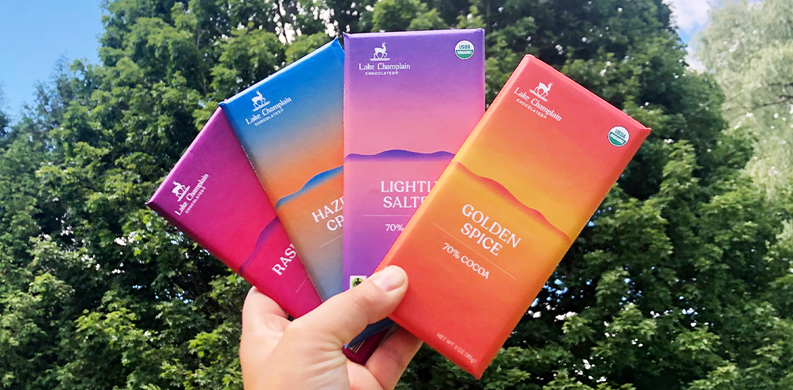August 20, 2020
Planting Trees for Clean Water
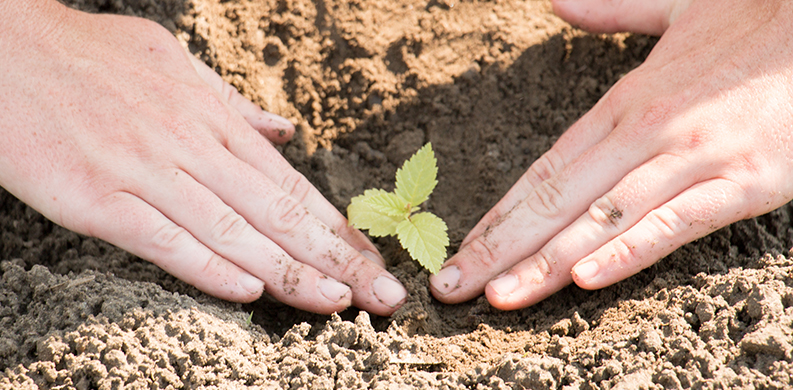
Lake Champlain is an essential part of who we are. It’s our namesake. It’s a place to gather with friends and family for an afternoon of fun, to swim, kayak, or even ice skate. A place to make memories that will last a lifetime to enjoy a restorative moment of sweet serenity. Lake Champlain is part of an ecosystem whose health is crucial to the local farmers and producers that supply us with fresh cream, butter, maple syrup, and other ingredients that make our gourmet chocolate truly extraordinary.
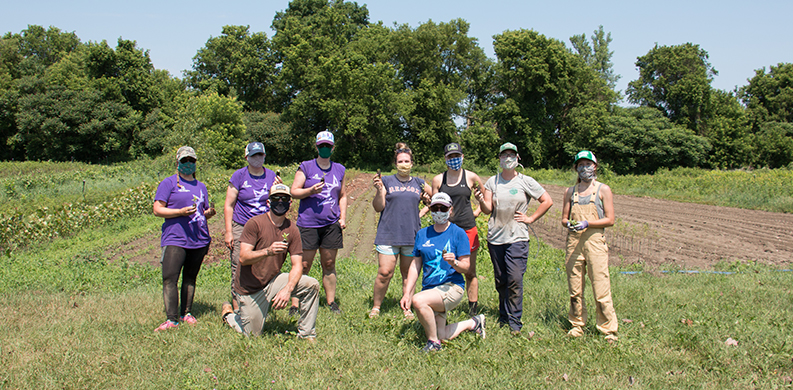
Last July, our team was lucky enough to volunteer at the Intervale Center on a conservation project to restore and repair the quality and integrity of our local waterways, including Lake Champlain. After 66 hours planting 972 paperwhite birches, 936 speckled alders, 1156 silver maple trees, and what feels like a literal ton of weeds later, we have a whole new appreciation for the dedication and hard work that goes into creating a sustainable and healthy water system.
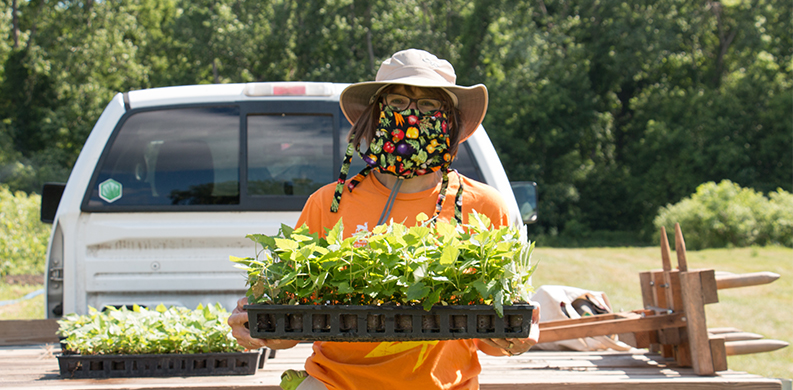
Since 2002, the Intervale Center’s Conservation Nursery has been planting native trees to reduce run-off from farm fields and stabilize riverbanks in order to lower phosphorous levels and restore the quality of Lake Champlain. You see, healthy rivers require stability. Deep-rooted vegetation (like trees) provides a buffer that prevents erosion while filtering out sediments and pollution before reaching the waterways. These hearty riparian buffers help improve water quality, reduce flood damage, and agricultural land loss while providing a healthy habitat for wildlife.
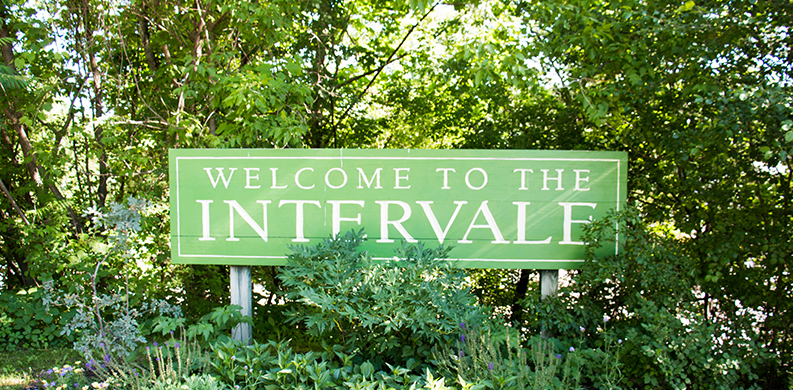
Vermont wasn’t always covered in lush green forests. At the turn of the century, much of the land was clear cut in order to maximize fields for farming. This often included removing trees and shrubs along rivers and streams. Without the support of the tree roots, many of the banks along the streams and rivers began to erode. The soil was no longer able to properly filter ground water and over time our waterways became more polluted.

Before the Intervale Conservation Nursery was founded, there was no local nursery growing trees for larger conservation projects in Vermont. Tree stock had to be purchased from big nurseries that were located west of the Mississippi. Unfortunately, these trees didn’t match the local genotypes and often struggled to withstand the harsh Vermont winters. These non-native trees had a staggeringly low survival rate (~19%). The Intervale Conservation Nursery set out to change that by harvesting their own seeds, focusing on local crops and hearty native trees that can really thrive and grow naturally in our Vermont climate.
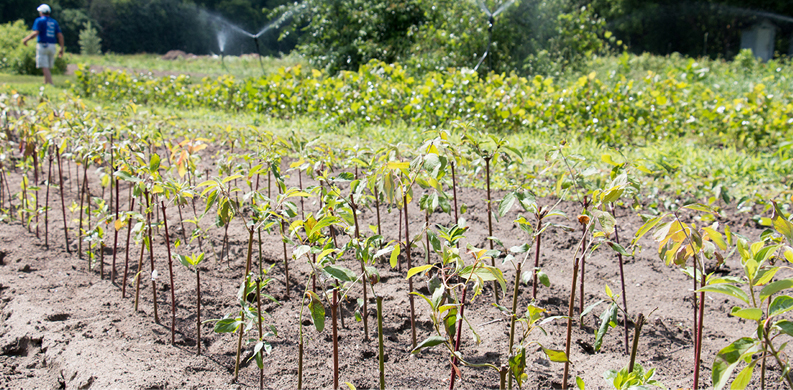
Today, the Intervale Center’s Conservation Nursery plants about 40,000-50,000 seedlings a year (with a t 65% survival rate). These native trees take anywhere from 2-6 years before they are ready to be harvested and used by local municipalities, wildlife organizations, and other groups for riparian restoration projects throughout Vermont and New Hampshire. During the growing time, the nursery relies heavily on volunteers and interns to help with planting seeds, harvesting trees, building fascines, weeding, and stewarding the land.

You can help restore and repair the quality and integrity of our waterways — whether it’s volunteering to do some tree discovery (i.e. weeding) at the nursery, or simply indulging in a chocolate bar from the Restorative Moments Collection® (10% of the net profits from this collection are donated to the Invervale Center’s Conservation Nursery).
Get ready to indulge, restore, repeat.
